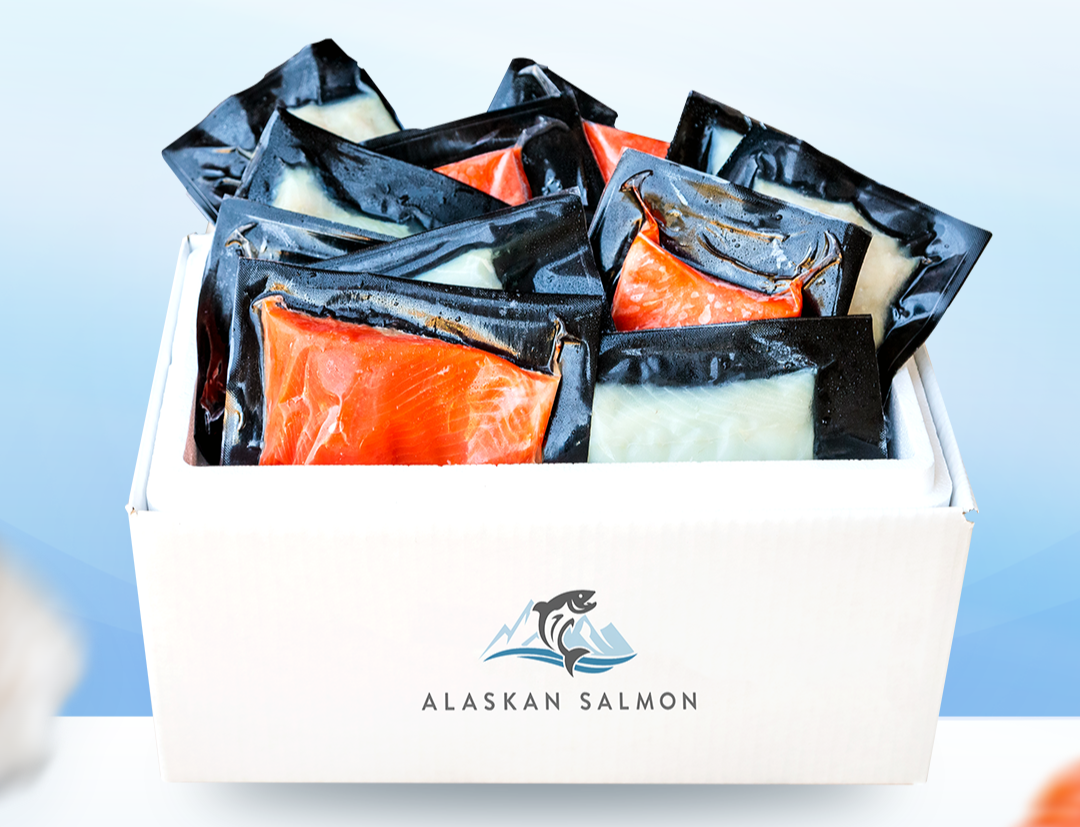Sashimi vs. Sushi: What’s the Difference?
Updated on Nov 24, 2025
If you’ve ever visited a Japanese restaurant, you might have seen beautiful plates of raw fish and rice rolls that look almost too pretty to eat. But did you know that not all Japanese dishes with fish are the same? Sushi and sashimi might look similar at first, but they are actually quite different.
Curious to find out more? Let’s take a closer look at what makes both unique, how they are made, and how to decide which one might be your favorite.
What is Sashimi?
Sashimi is a Japanese dish that focuses on the fish, or sometimes other seafood, by itself. Think of it as the “star of the show” on your plate. Instead of being wrapped in rice or rolled up, sashimi is served in thin, fresh slices so you can really taste the flavor and texture of the fish.
Some common examples of sashimi you might see include salmon, tuna, and yellowtail. Sometimes, people even enjoy other types of seafood like octopus, squid, or shrimp as sashimi. Because sashimi doesn’t have rice or extra ingredients, the fish has to be very fresh and carefully prepared, which makes it a dish that’s both simple and special.
Related: Nigiri vs. Sashimi: What's the Difference?
What is Sushi?
Sushi combines fish, vegetables, or other ingredients with a special kind of rice. Unlike sashimi, sushi usually includes rice that is seasoned with a little vinegar. This gives it a slightly tangy taste. Some sushi is wrapped in seaweed, while other types are rolled, pressed, or even shaped by hand.
Popular sushi varieties include tuna rolls, salmon nigiri (fish on top of rice), and California rolls with avocado and crab. Sushi can be simple or colorful, and each piece is often made to look as good as it tastes.
Eating sushi is a little like having a mini adventure with every bite — there’s a mix of textures and flavors that can surprise you, from soft fish to crunchy vegetables or creamy avocado.
Sashimi vs. Sushi
So, what’s the real difference between sushi and sashimi?
The main thing to know is that sashimi is all about the fish. It’s served as thin, fresh slices with no rice or extra ingredients — just the pure taste of the seafood. Sushi, on the other hand, always includes vinegared rice. It can include raw fish like sashimi, but it can also have cooked items, such as shrimp tempura, crab, or egg.
Think of sashimi as a special appetizer that highlights the flavor of seafood, while sushi is often the main event, carefully prepared with rice, fillings, and sometimes toppings.
In traditional Japanese meals, sashimi might appear as a separate course, while sushi is treated as a full, stand-alone dish because it takes more preparation.
| Sashimi | Sushi | |
| Key ingredient | High-quality raw fish or seafood | Vinegared rice plus raw or cooked fish, seafood, vegetables, or other fillings |
| Rice | None | Essential component; seasoned with rice vinegar, sugar, and salt |
| Preparation | Fish is carefully sliced into thin pieces; freshness is crucial | Rice is cooked, seasoned, and shaped; fish or other ingredients are added as toppings, fillings, or rolls |
| Types | Salmon sashimi, tuna sashimi, yellowtail sashimi, octopus sashimi | Nigiri (fish on rice), maki (rolled with seaweed), temaki (hand rolls), uramaki (inside-out rolls) |
| Presentation and serving | Served simply on a plate, often with garnishes like shredded daikon, shiso leaves, or wasabi | Arranged in visually appealing ways; can include rolls, stacked pieces, or decorative toppings; usually served with soy sauce, pickled ginger, and wasabi |
Choosing Between Sashimi and Sushi
If you’re new to Japanese food, sushi is usually the best place to start. The rice, vegetables, and cooked ingredients make it easier to enjoy, even if raw fish feels a little scary at first. Plus, sushi comes in fun rolls and shapes that are colorful and exciting to try.
If you love the pure taste of fresh seafood, sashimi is perfect. Since it’s just slices of sushi-grade fish on its own, you can really taste the flavor and texture of high-quality seafood. Sashimi is ideal for people who want a simple, elegant dish that’s all about the fish.
Summary
Understanding the difference between sushi and sashimi helps you know what to expect when you order at a restaurant. No matter which you choose, sushi or sashimi, you’re in for a delicious experience — whether you want a colorful, filling dish with rice and toppings or the pure taste of fresh fish.
Ready to taste the difference for yourself? Try our Premium Wild-Caught Variety Box, featuring sushi-grade Salmon, Black Cod, and Alaskan Cod. Each piece is carefully selected for freshness and quality!








